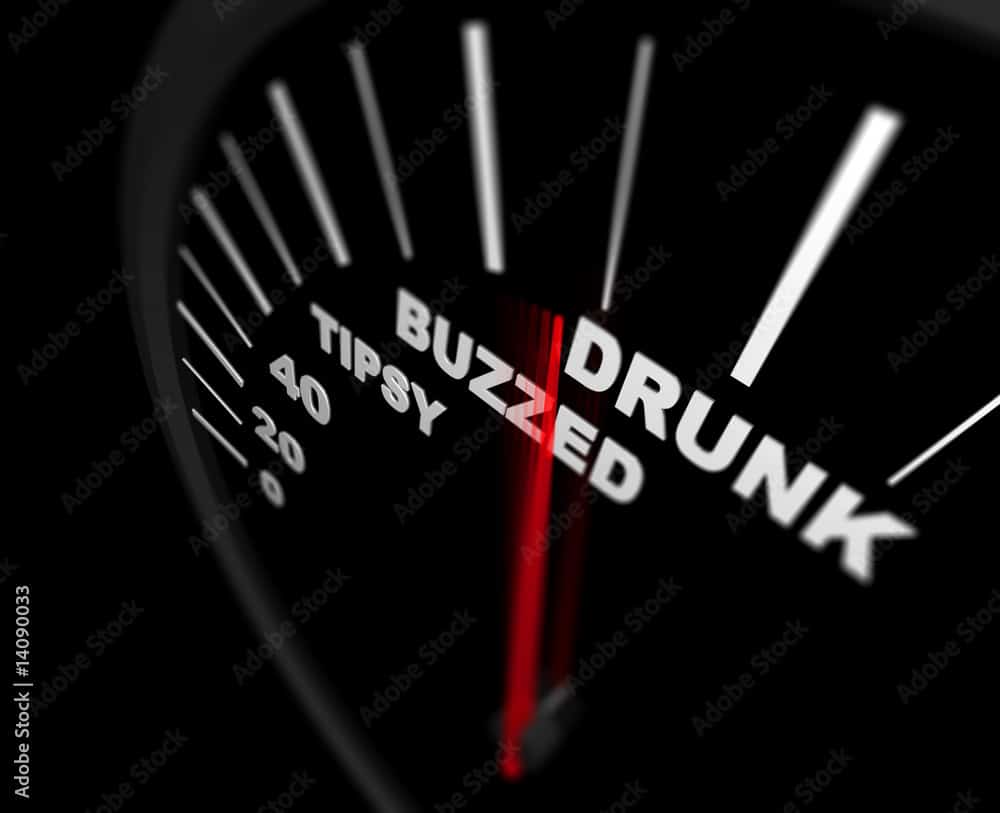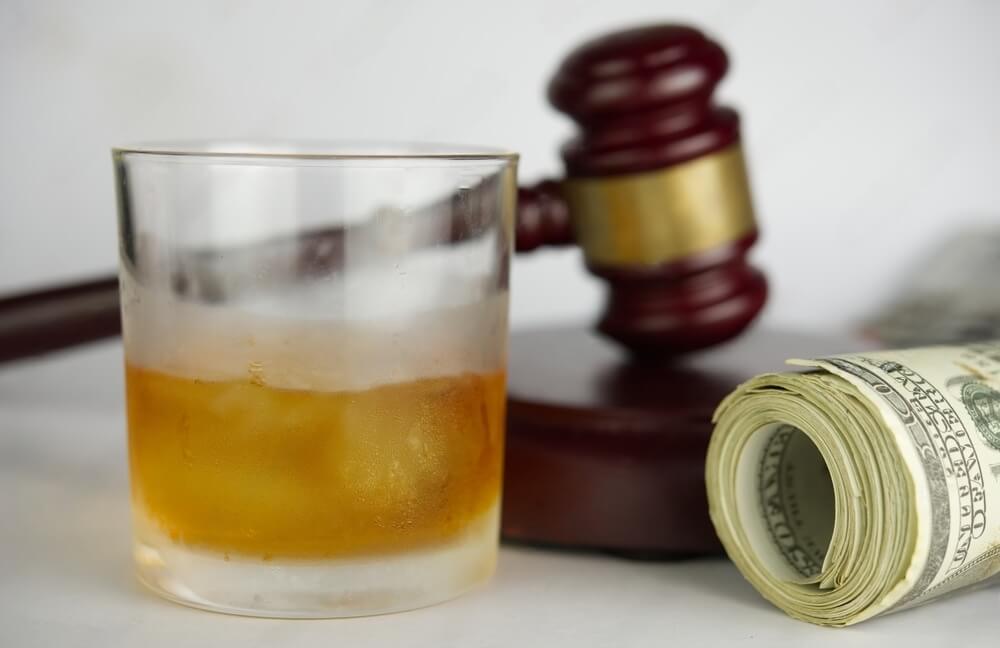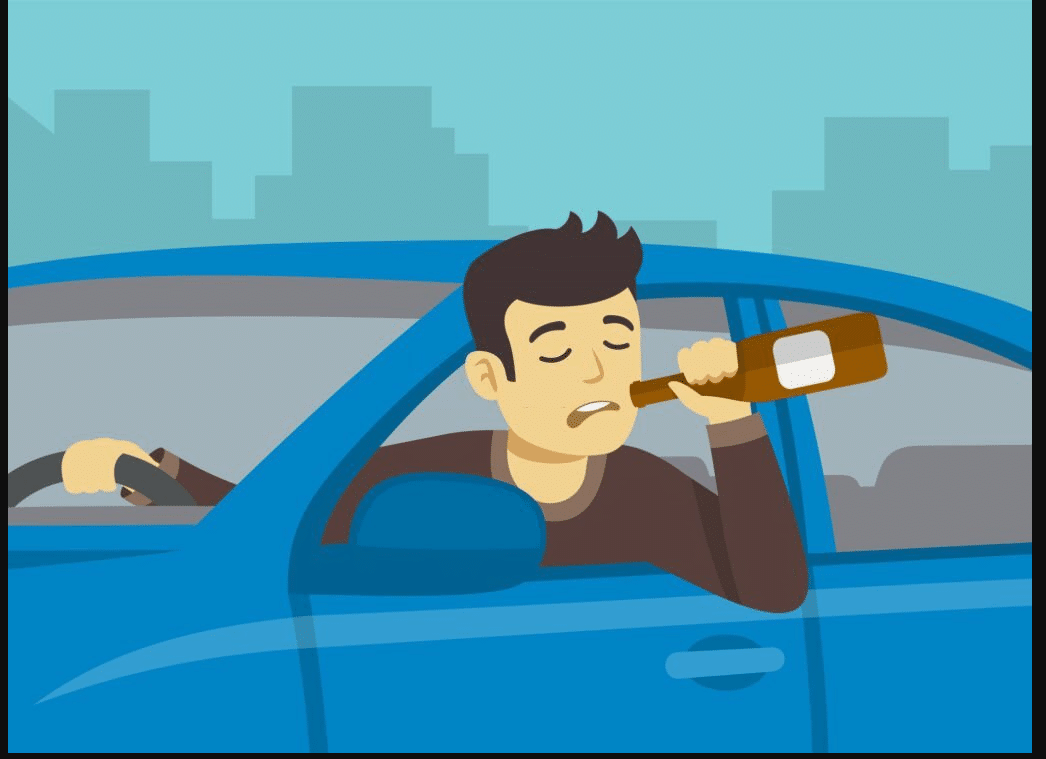Buzzed & drunk driving is a serious issue that continues to pose a threat to public safety. Drunk driving is commonly known and recognized as a serious offense, but what about buzz driving? Is there really a significant difference between the two? In this article, we will explore the differences between buzz driving and drunk driving. Also, the legal implications of both, and what you need to know to stay safe on the road.
What is Buzzed Driving?
Buzzed driving refers to the act of operating a vehicle after consuming alcohol. However, to the extent that the driver is still able to function but is not completely sober. Even though the driver may not feel “drunk”, their reaction times, judgment, and decision-making abilities may still be impaired.
What is Drunk Driving?
Drunk driving is the act of operating a vehicle while under the influence of alcohol to the point where the driver’s physical and mental abilities are severely impaired. This can include slurred speech, blurred vision, lack of coordination, and impaired judgment. It is important to note that the legal definition of drunk driving varies from state to state. But in general, a blood alcohol concentration (BAC) of 0.08% or higher is considered legally drunk.
The Differences Between Buzzed and Drunk Driving:

While both buzzed and drunk driving involves operating a vehicle after consuming alcohol, there are some key differences between the two. The primary difference is the level of impairment. When a driver is buzzed, their BAC is typically between 0.01% and 0.07%. At this level, the driver may not feel “drunk”. But, may be able to carry on a conversation or perform other tasks without issue. However, their reaction times and decision-making abilities may still be impaired.
On the other hand, when a driver is drunk, their BAC is typically at or above 0.08%, and their physical and mental abilities are severely impaired. Drunk drivers are more likely to experience slurred speech, impaired judgment, and lack of coordination, which can make it difficult for them to operate a vehicle safely.
Legal Implications of Buzzed and Drunk Driving:

The legal consequences of buzzed and drunk driving can be severe. If a driver is caught driving with a BAC of 0.08% or higher, they can face fines, license suspension, and even jail time. However, even if a driver is caught driving with a lower BAC, they can still face legal consequences.
In some states, drivers can be charged with a DUI (driving under the influence) if their BAC is above 0.05%, and in others, a DUI can be charged if the driver’s BAC is above 0.01%. It is also worth noting that the legal consequences of buzzed driving may be more severe if the driver causes an accident or injury while under the influence.
How Can You Avoid Buzzed and Drunk Driving?
There are several ways to avoid buzzed and drunk driving, including:
- Designating a sober driver or using public transportation if you plan on drinking
- Avoiding drinking too much alcohol too quickly
- Knowing your limits and recognizing when it’s time to stop drinking
- Using ride-sharing services like Uber or Lyft
What Should You Do if You are involved in an Accident with a Buzzed or Drunk Driver?
If you are involved in an accident with a buzzed or drunk driver, the first priority is to ensure your safety and the safety of others involved. Call 911 to report the accident and seek medical attention if necessary. It’s essential to exchange insurance and contact information with the other driver and gather any witness statements or evidence. Consult with an attorney to learn about your legal options and pursue compensation for any damages or injuries sustained.
Conclusion:
Buzzed driving and drunk driving are both dangerous and illegal, and it is important to recognize the differences between the two. While buzz driving may not be as obvious as drunk driving, it can still result in serious consequences, including accidents, injuries, and legal trouble.
To avoid buzzed or drunk driving, it is essential to plan ahead and make arrangements for a sober ride or alternative transportation. It is also significant to look out for friends and loved ones who may be at risk of driving while under the influence and intervene if necessary.
Remember, the only safe blood alcohol concentration ( BAC) level when operating a vehicle is 0.00%. Any amount of alcohol can impair your judgment and reaction time, making it more difficult to drive safely. By taking the necessary precautions and avoiding buzz or drunk driving, we can all work together to make our roads safer for everyone.
FAQ’s
Buzzed driving is not necessarily illegal, but it can still impair a driver’s ability to operate a vehicle safely. It’s important to remember that any amount of alcohol can affect a person’s ability to drive.
In the United States, the legal limit for blood alcohol content (BAC) is 0.08%. If a driver’s BAC is over this limit, they can be charged with drunk driving.
Yes, you can be charged with DUI if you are driving under the influence of drugs or any substance that impairs your ability to drive safely, including alcohol.
It’s difficult to know exactly how much alcohol will impair your ability to drive, as it varies from person to person. However, if you feel any effects of alcohol, such as impaired judgment or coordination, it’s best to avoid driving.
Also:
Designated Driver: The Ultimate Guide to Staying Safe on the Road
Buzzed Driving Prevention: Tips and Facts to Avoid Risky Situations
Buzzed Driving Accidents: The Hidden Danger of Social Drinking
